Mudurnu
Mudurnu is a district of Bolu. Mudurnu District, 52 km away from the city center, has an important feature in terms of old Turkish houses. It has been declared an "Urban Protected Area" due to a total of 173 buildings of high architectural value, including 165 houses and 8 mosques, fountains and baths, located in the green-dominated district. One of the best examples of Turkish civil architecture is Armutçular Mansion and Keyvanlar Mansion. It is also possible to rent a room in mansions where local home cooking is promoted. Abant Lake, Sülük Lake, Karamurat Lake, Şeyh-ül Ümran Hill (Şeyh-ül İmran Feast is held in the first week of July) within the district borders are among the places worth seeing and offer the opportunity to watch the entire Mudurnu from a bird's eye view. In Mudurnu, where the main source of income is animal husbandry, needle lace, which is skillfully crafted by women, is also an important source of income. In addition, Mudurnu, which is the production center of Mudurnu Palace Halva, known as regrettiye, has made itself known in Turkey and around the world with many names. It is also possible to find a few tradesmen in the blacksmiths' bazaar who carry the handicrafts of the past to this day. Babas Thermal Spring, located 5 km away from Mudurnu, has positive effects on people with metabolic diseases and mild diabetes. The mansions, which have been restored as accommodation facilities, bear the splendor of prehistory. Located 30 km northwest of Mudurnu, Sarot Thermal Spring is within the borders of Taşkesti - Ilıca Village. The spring, which has a different feature from all mineral waters in Bolu province, is hot and sulfate. Mudurnu was included in the World Heritage List in 2014 under the name of Mudurnu Historical Ahi City. It is thought that the district of Mudurnu, whose city name was Modrane and Modra in ancient history, carries traces of prehistoric settlement and the information about the history of the district dates back 4000 years.[4] It is thought that the name Modra comes from the Luwian language, meaning the husband of the mother goddess.
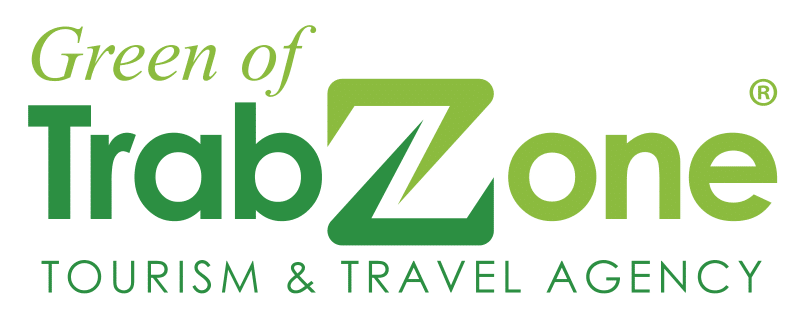



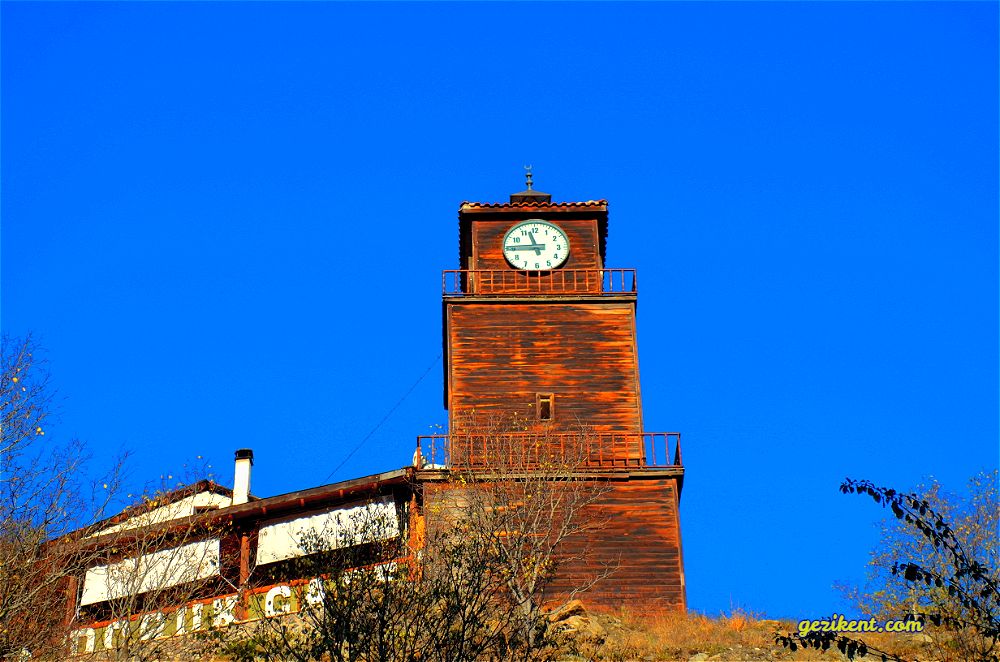
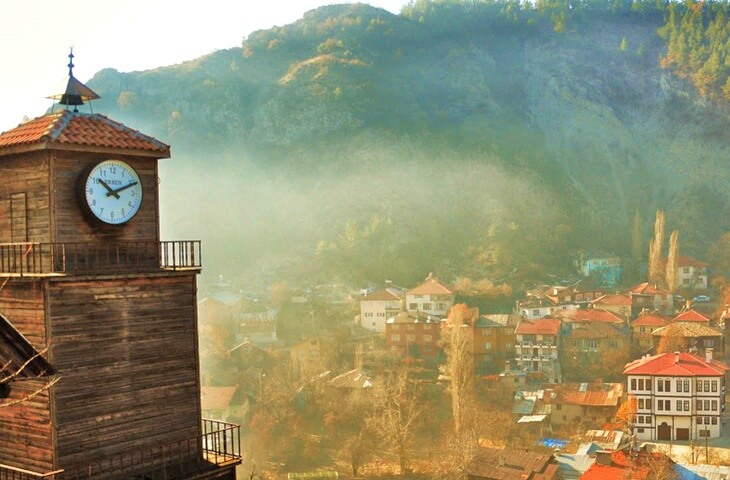
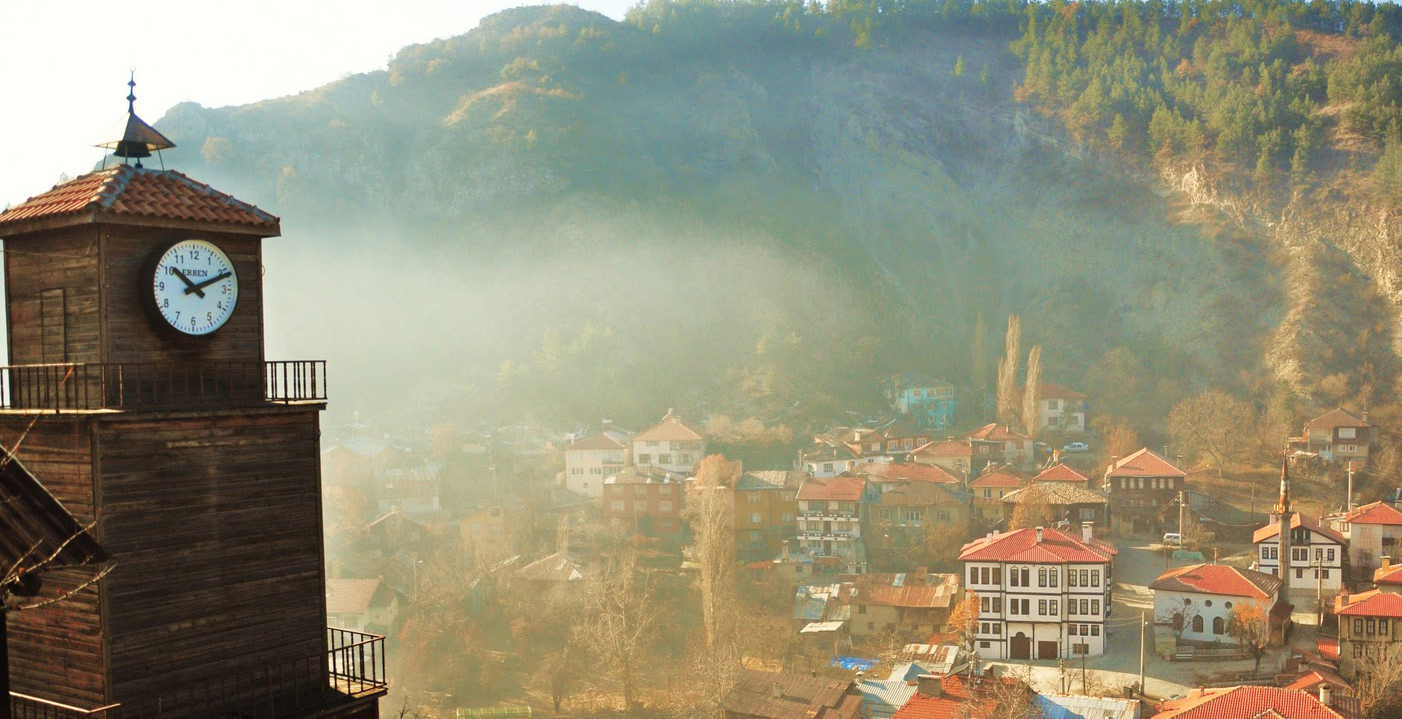
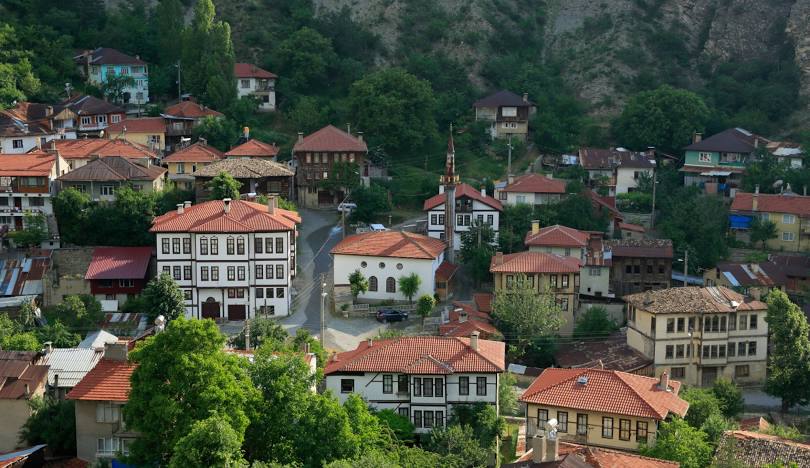
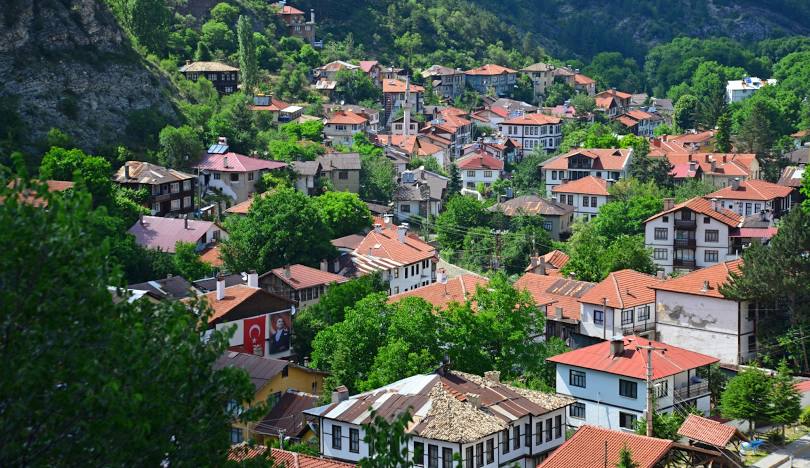
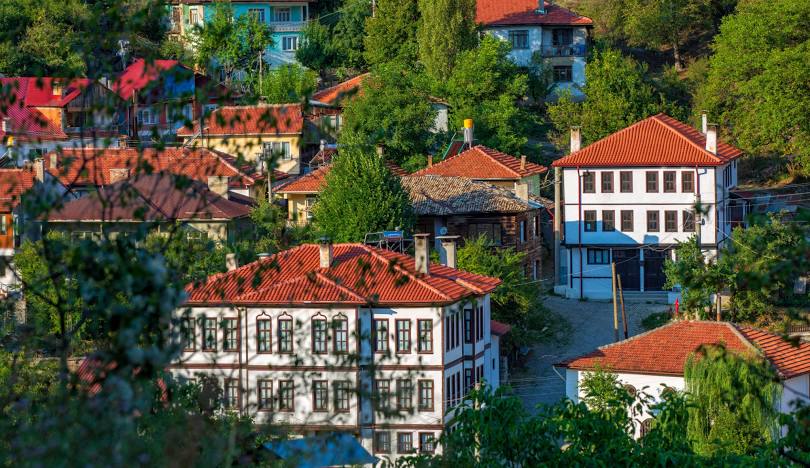
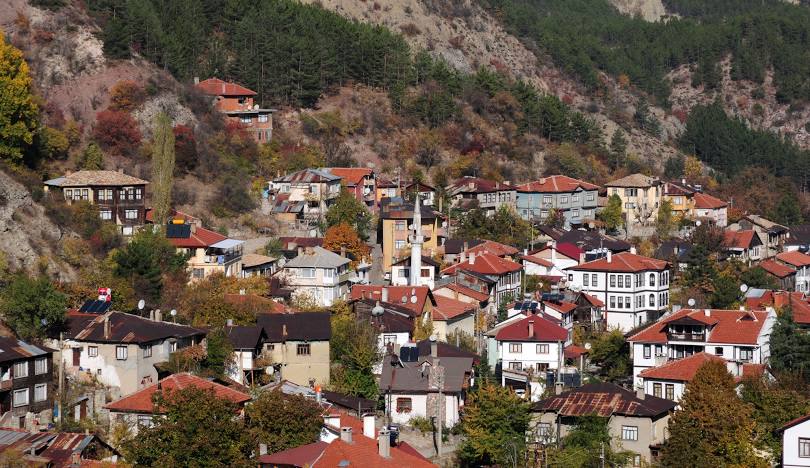
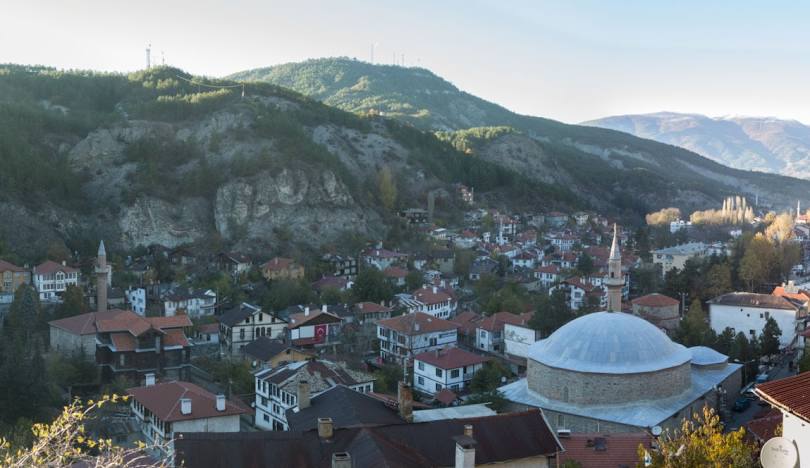
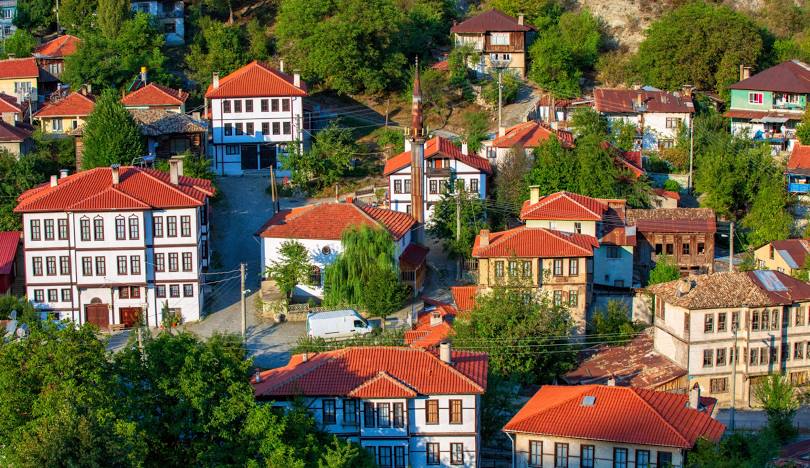
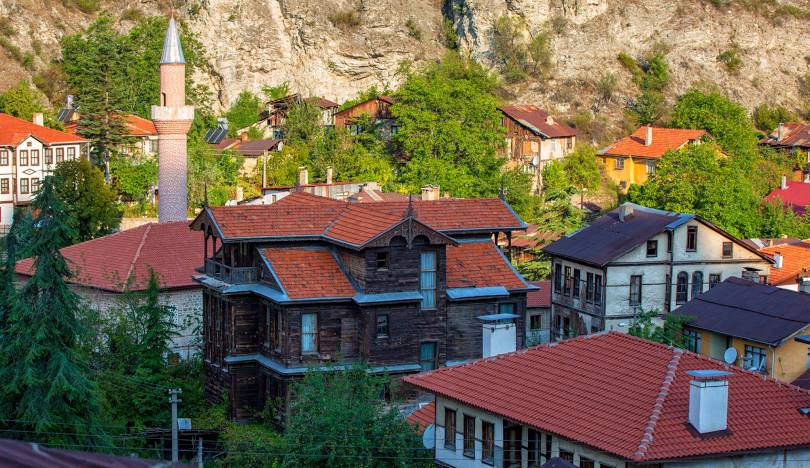
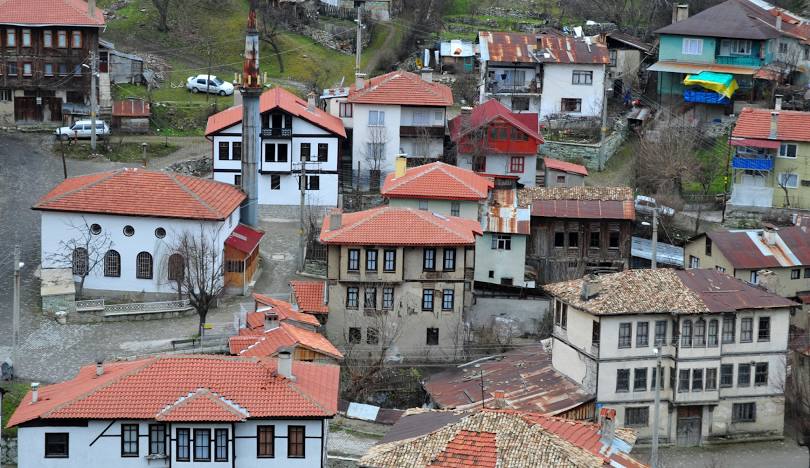
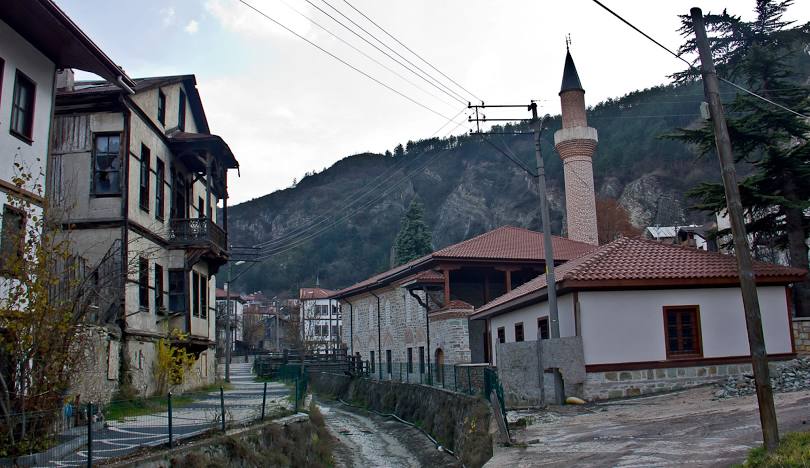
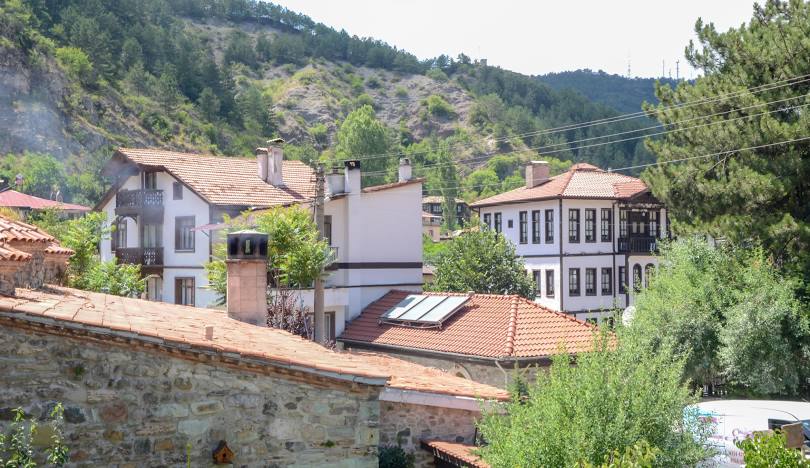
Leave Your Comments